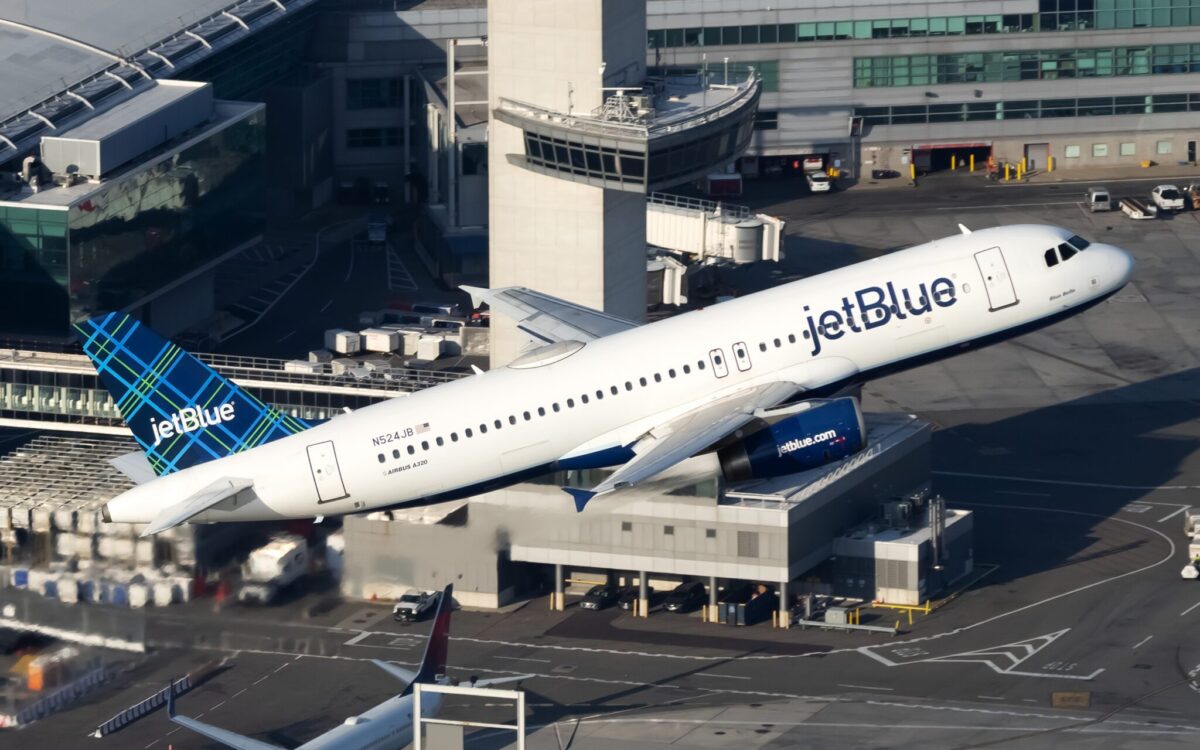How a Little-Known California Surf Town Hopes to Win Over Luxury Tourists

Skift Take
Dana Point, the starting position of California’s Pacific Coast Highway, is currently known, among outsiders, as that place just south of Laguna Beach. But Dana Pointers think their community, which they consider the surfing capital of California and the whale watching capital of the West, deserves greater accolades.
For now, though, while Orange County neighbors like Newport Beach, Laguna Beach, and Laguna Niguel revel in the reputation of the California luxe life, Dana Point is largely anonymous.
The area’s recently-formed destination marketing organization, Visit Dana Point, is looking to change that. The goal, according to executive director Jonny Westom, is to position Dana Point as a competitor to its OC neighbors, along with other upscale California destinations like Palm Springs, Monterey and Santa Barbara.
In the crowded California luxury marketplace, Dana Point has a chance to exploit its under-the-radar status.
“In markets that are oversaturated,” said Daniella Middleton, vice president of destination marketing consulting firm Development Counsellors International, “people are looking for lesser-known nooks and crannies. Luxury travelers are looking for off-the-beaten path destinations, not wanting to go where everyone else goes. An elusive destination that is down to earth is luxurious in itself.”
Dana Point isn’t starting its efforts entirely from the ground up. After all, the town incorporates four major hotel properties: The Ritz-Carlton Laguna Niguel, The Monarch Beach Resort, the Laguna Cliffs Marriott Resort & Spa, and the DoubleTree Suites by Hilton Doheny Beach. In some ways, these hotels have contributed to Dana Point’s anonymity over the years, although they are now a big part of the solution.
According to Westom, when he started in his position a year ago, he assessed the reasons why Dana Point was not well-known. He observed that “none of the hotels here have ‘Dana Point’ in their name.”
Since “the hotel mega-budgets promoting the area don’t have the name of the destination in their marketing presentations,” there is a gap in consumer recognition of the actual destination.
But the quartet of hotels has stepped up to the marketing challenge. Back in 2009, they formed a tourism business improvement district in order to create a unified marketing voice. By mid-2016, the TBID had transitioned into a destination marketing organization, funded by a flat fee room tax.
In 2018, after Westom came on board, MMGY Global was hired to identify the area’s key assets, and to assess the perception of Dana Point among potential consumers. It was the beginning of “a rebranding exercise,” according to Westom, “that would help us identify what separates us from other destinations.”
Stewart Colovin is chief creative officer for MMGY Global and has been the lead on the rebranding project.
“You have to understand the waters in which you are swimming,” he said. “To find the essence of a place, we first go and talk to everybody we can in a destination. That’s because the brand has to start at home, so that visitors can ultimately connect with locals.”
After speaking with locals, a study of visitors — actual and potential — found that while Dana Point evoked images of beauty and friendliness, some of the descriptors which it scored high on were local and proud, active and healthy, natural and picturesque, and homegrown and distinctive–the area was not necessarily seen as luxurious nor cool.
Compared to its competitors, Westom said, Dana Point rated low on descriptors like “surf-centric and soulful: stylish and chic; artsy and eclectic: and cool and trendy.”
In looking at these perceptions, Colovin said the survey suggested Dana Point could capitalize on offering a more relaxed experience than its competitive set.
“It’s an approachable place. People dress more casually; it’s not pretentious, it’s easy to get around. People here aren’t doing things because they are trying to impress everybody else; they are doing things because it’s what they love to do.”
After sifting through the studies, MMGY developed a brand architecture for Dana Point around brand essence; brand values; brand experiences; and brand voice.
The overall brand promise, which will be conveyed in everything from a new tagline and logo — currently a work in progress — to advertising and marketing campaigns. The promise: “In Dana Point, you are one of us. We make it easy to connect with the ocean and others around you.”
Branding aside, there has to be some real-life architecture in place to draw tourists. To that end, quite a bit of luxury development is already in progress. The harbor and marina are undergoing a five-year, $400 million renovation. The facelift will incorporate new restaurants and shops, plus a 126-room upscale boutique hotel and a 100-room luxury property (the latter owned by the group behind Newport Beach’s Lido House). Westom sees the development as being Southern California’s next great luxury destination.
In the shorter term, though, many travel marketing experts suggest Dana Point should start immediately creating experiences that align with the brand promise.
“Options like luxury wellness retreats require little more than a beautiful setting and some core infrastructure,” said DCI’s Middleton.
Laura Davidson, CEO and founder of travel public relations firm LDPR, recommends Dana Point work with its luxury partners to bring in celebrity chefs, host fashion or art shows, or design other brand activations.
Jay Burress is CEO of Visit Anaheim and the chairman of the Orange County Visitors Association. He also suggests Dana Point “get out there and partner when possible, even with the competition.” As he learned from marketing Arlington, Texas in the shadow of Dallas: “Regional promotion can be more powerful than stand-alone efforts. As they say, rising tides lift all boats…and grow market share.”




